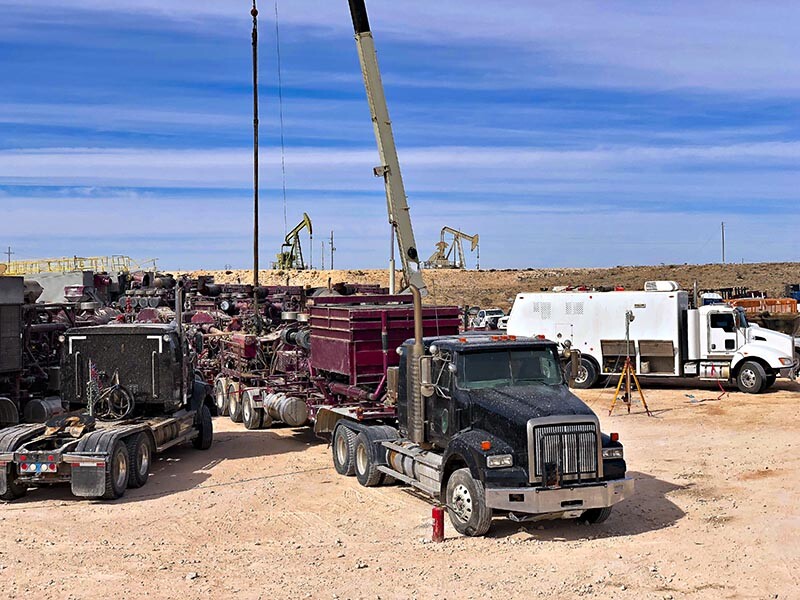
OPEC’s easing of production cuts originally planned for January may be delayed until mid-2021 because of the global increases in COVID-19 cases occurring in November. As restrictions are renewed, extended, or newly instated, fuel demand is expected to decrease.
Following a Joint Technical Committee (JTC) meeting on 16 November, OPEC Secretary General Mohammed Sanusi Barkindo underscored the need to remain “vigilant and diligent” in the months ahead. The JTC recommended that supply increases be postponed from 3 to 6 months.
The OPEC ministers plan to hold an online meeting on 30 November to decide on production levels among the 13 member countries. By the time you read this in early December, their decisions—and the market responses to them—will be evident.
Approximately 7.7 million B/D, or about 8% of global production, are currently tamped down. The recent encouraging announcements of two vaccines’ effectiveness in early clinical trials buoyed oil prices, which are hovering around $40/bbl (West Texas Intermediate closed at $41.38 on 16 November).
The past 8 months brought with them upheavals in operators’ and service companies’ short-term reactions to market conditions based on their financial resiliency, and as the pandemic persists, the fallout sputters on as layoffs, bankruptcy filings, mergers and acquisitions, and new collaborative business deals arise almost daily.
One sector thought to have bottomed out globally is oilfield services (OFS) and drilling, according to Moody’s Investors Service’s outlook published 13 November. Improvement in earnings is expected to be slow in 2021 as a result of the limited growth forecast in development activities and capital investment. Low and slow growth may be the sector’s motto for some time.
The record lows in the third quarter of this year in the drilling rig count and well completion/servicing activity hit the OFS hard after operators reined in capital spending. Some recovery in the US has occurred since August when the rig count tanked at 244. By late October, it neared 300. The international rig count drop has slowed and reached fewer than 700 by later October. Moody’s reported the decrease will continue, but at a slower rate, through the end of this year.
Frac spread activity increased faster than the rig count in the third quarter as producers turned to tending their drilled-but-uncompleted wells.
Offshore drilling companies, however, face a tougher road. Low oil prices stifle offshore exploration and development, their bread and butter. Moody’s wrote, “The prospects for improving cash flow appear so dim that almost all of the rated offshore drilling companies have filed for bankruptcy, or engaged in some form of debt restructuring, including distressed exchanges, despite generally adequate liquidity … further industry consolidation and outright scrapping of rigs to help reduce supply and increase utilization is necessary to improve their cash flow prospects.”
Schlumberger, Baker Hughes, and Halliburton were highlighted as together generating more than 60% of the sector’s earnings before interest, taxes, depreciation, and amortization (EBITDA) and are expected to improve their market positions as E&P activity increases because of their multiple service lines and geographic reach.
Smaller OFS companies are likely to continue struggling and may face default next year unless consolidation offers them a lifeline, or if they can hang on to enough liquidity.


